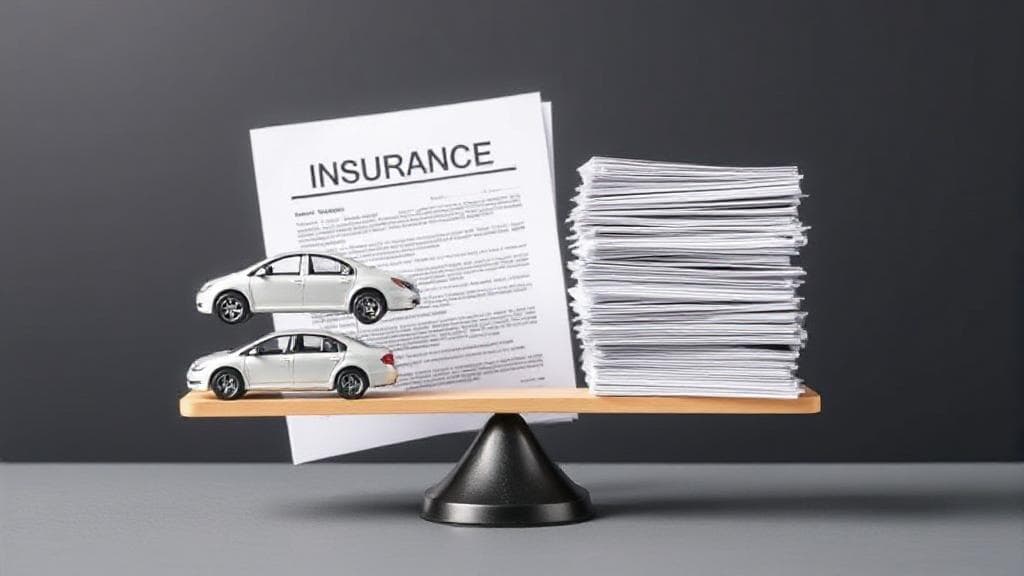Understanding Car Insurance Coverage
Car insurance is a crucial aspect of vehicle ownership, providing financial protection against accidents, theft, and other unforeseen events. Determining the right amount of coverage requires careful consideration of various factors to ensure adequate protection without overpaying.
Types of Car Insurance Coverage
Before deciding on coverage amounts, it's essential to understand the different types available:
- Liability Insurance: Covers damages to other people and property if you're at fault
- Collision Insurance: Pays for damage to your car from accidents, regardless of fault
- Comprehensive Insurance: Covers non-collision incidents such as:
- Theft
- Vandalism
- Natural disasters
- Animal collisions
- Personal Injury Protection (PIP): Covers medical expenses for you and passengers
- Uninsured/Underinsured Motorist Coverage: Protects against drivers lacking sufficient insurance
Factors to Consider
State Requirements
Each state has minimum insurance requirements. Check your state's requirements on the National Association of Insurance Commissioners website to ensure compliance.
Vehicle Value
Use resources like Kelley Blue Book to determine your car's current value. For newer or high-value vehicles, comprehensive and collision coverage might be necessary. For older cars worth less than $4,000, you might opt for liability coverage only.
Financial Situation
Consider your assets and income when choosing coverage levels. If you have significant assets, you might want higher liability limits to protect against lawsuits.
Driving Habits
Evaluate:
- Annual mileage
- Typical driving conditions
- Geographic location
- Vehicle usage (personal vs. business)
Recommended Coverage Levels
For New Vehicles
Liability Coverage Breakdown
- $100,000 for bodily injury per person
- $300,000 for bodily injury per accident
- $100,000 for property damage
"It's not just about meeting state minimums - it's about protecting your financial future." - Insurance Consumer Advocate
Cost-Saving Strategies
- Shop Around: Compare quotes from multiple insurers
- Bundle Policies: Combine auto insurance with home/renters insurance
- Maintain Good Credit: Better credit scores often lead to lower premiums
- Ask for Discounts: Available for:
- Low mileage
- Good grades
- Safety features
- Anti-theft devices
- Driver assistance technology
Regular Coverage Review
Set calendar reminders to review your coverage when major life changes occur:
- Marriage or divorce
- Home purchase
- New vehicle purchase
- Teen drivers added to policy
- Significant income changes
For more detailed information on coverage types, visit the Insurance Information Institute.
Remember that insurance needs change over time. Regular reviews with your insurance provider can ensure appropriate coverage while taking advantage of new discounts or policy options. For personalized advice, consult with a licensed insurance agent who can evaluate your specific situation.
